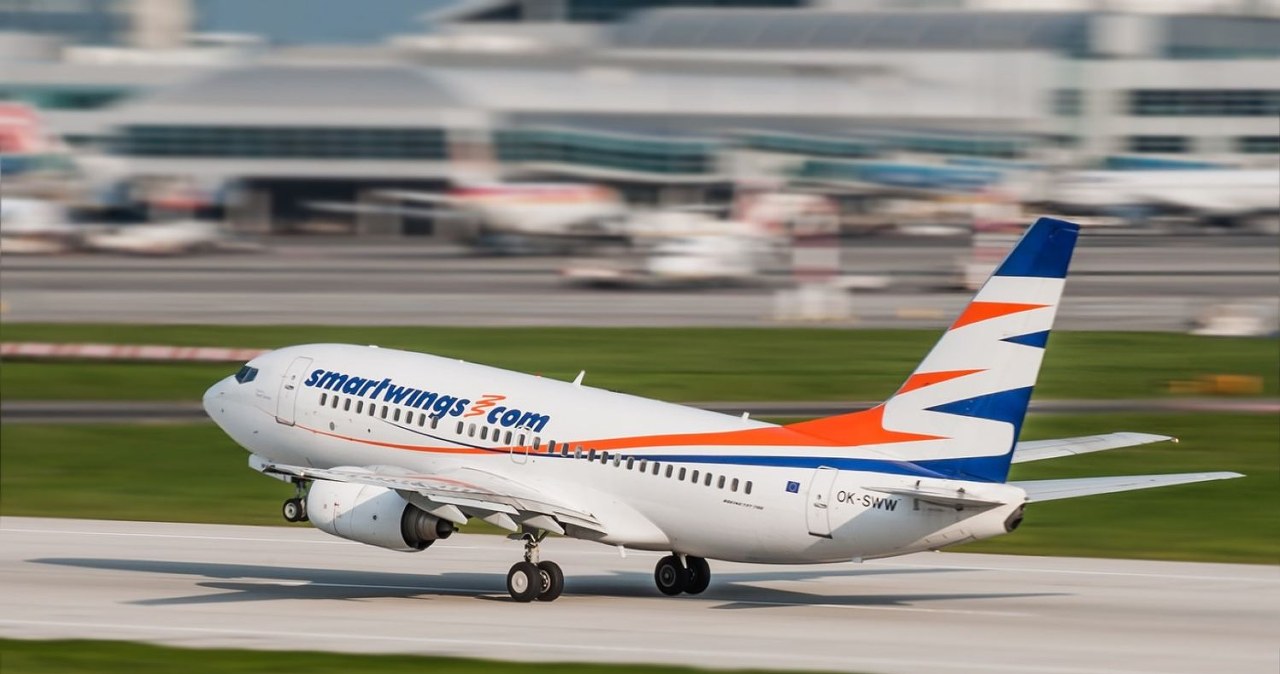My friend Mario frequently monitors the frequency of 9201.0 KHz/USB in search of "Akula" signals: he mainly uses a KiwiSDR receiver located in Japan (Azumino-city, Nagano) [1] and it seems that this frequency (certainly 1 of the many) is rather active for this kind of transmissions, as collected by my friend Dave too. Most of the time it is usually a pair of signals that repeat at irregular intervals.
A fewer days ago he kindly sent me an interesting and "curious" recording of a transmission in which both an FSK 50Bd/1000 signal and Akula (FSK 500Bd/1000) are utilized with a central frequency of 9202 KHz (Figs. 1,2)
 |
| Fig. 1 |
 |
| Fig. 2 |
The first thing that catches the eye is the peculiar "shape" of the Akula signals in which the well-known first synchronization and preamble groups are missing but the EOM + EOT groups (101111 100010 100010 101111 011110) are precisely in their place, as can be seen from the demodulated bitstream in Figure 3. Just 1 year ago I had already come across these (let's call them) "anomalies" [2]. "It could depend on a malfunction of the modem or on the receiver's attack time" my friend cryptomaster says.
 |
| Fig. 3 - Akula bitstream |
 |
| Fig. 4 - FSK 50Bd/1000 bitstream |
 |
| Fig. 5 - 4:3 ratio in FSK 50Bd/1000 bitstream |
CIS-Navy waveform has been logged with different Baud rates (36, 50, 75, 100 and 150) and shifts (85, 125, 250 and 500 Hz) so, likely, that's another variation.
https://disk.yandex.com/d/E29PupqpJg3UTQ
[1] http://jf0fumkiwi.ddns.net:8073/?f=9201.00usbz9
[2] http://i56578-swl.blogspot.com/2024/05/akula-always-reserves-surprises.html
[3] http://i56578-swl.blogspot.com/2016/10/cis-navy-50bd200-fsk-t600-bee-36-cis-36.html






